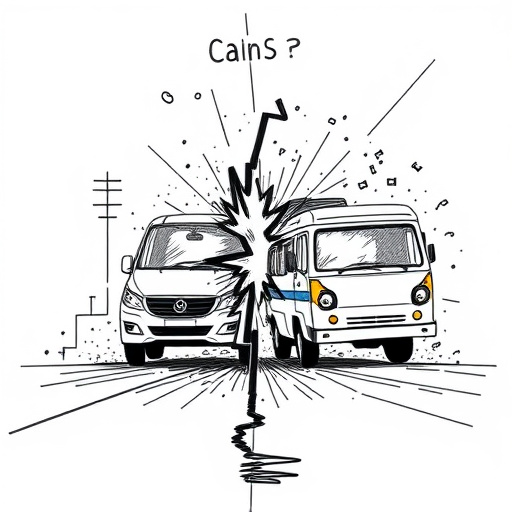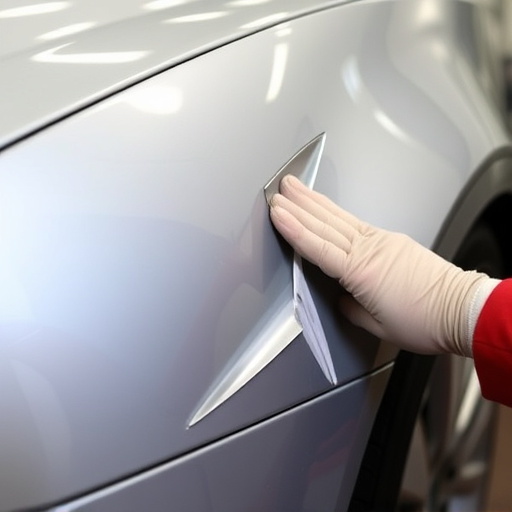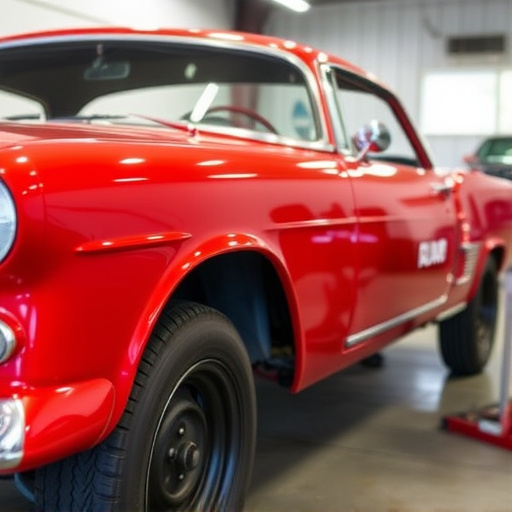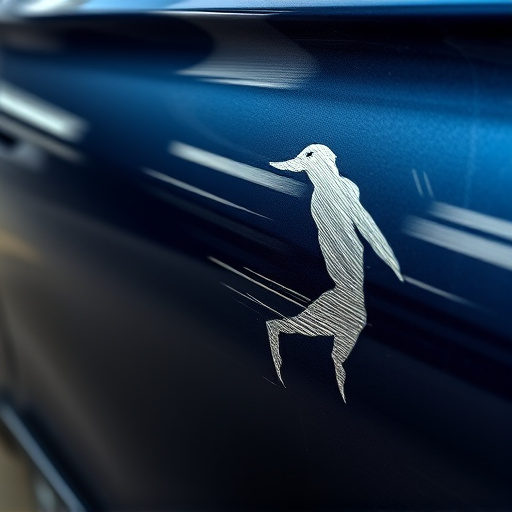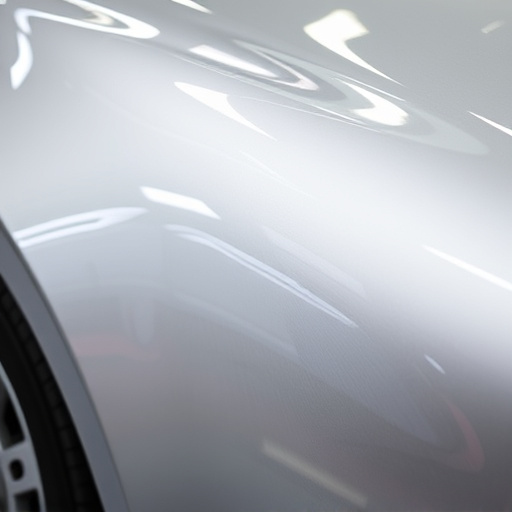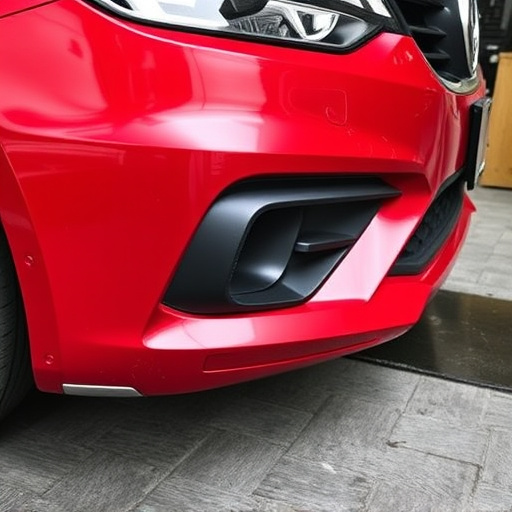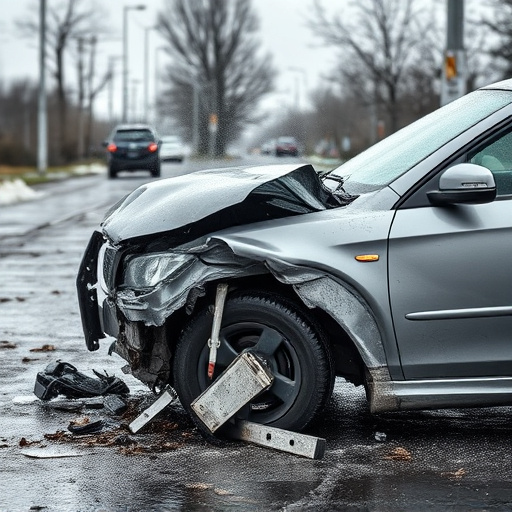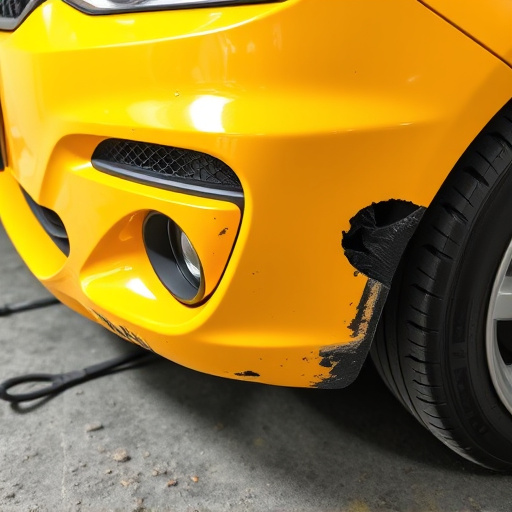Mercedes structural adhesives revolutionize modern vehicle design by strategically bonding components for enhanced noise and vibration reduction (NVR), improving passenger comfort and performance. Their innovative formulations stiffen chassis, minimize road noise transmission, and support lightweight construction for better fuel efficiency. Auto repair technicians can leverage these adhesives for optimal vehicle dynamics. As the future of mobility demands advanced solutions, Mercedes structural adhesives lead in NVR technology, ensuring secure bonding in accidents and streamlining repair processes for increased vehicle integrity.
Mercedes-Benz has pioneered the use of structural adhesives, revolutionizing vehicle manufacturing. These advanced adhesives play a crucial role in noise and vibration reduction (NVH), enhancing both performance and passenger comfort. This article explores how Mercedes structural adhesives work, their impact on vehicle design and dynamics, and their future applications in mobility. From understanding the adhesive technologies to their role in shaping the automotive industry’s landscape, this piece offers insights into the innovative use of adhesives by Mercedes-Benz.
- Understanding Mercedes Structural Adhesives: The Role in Noise and Vibration Control
- How Structural Adhesives Enhance Vehicle Performance and Comfort
- Advanced Technologies: Adhesive Solutions for Future Mobility Applications
Understanding Mercedes Structural Adhesives: The Role in Noise and Vibration Control
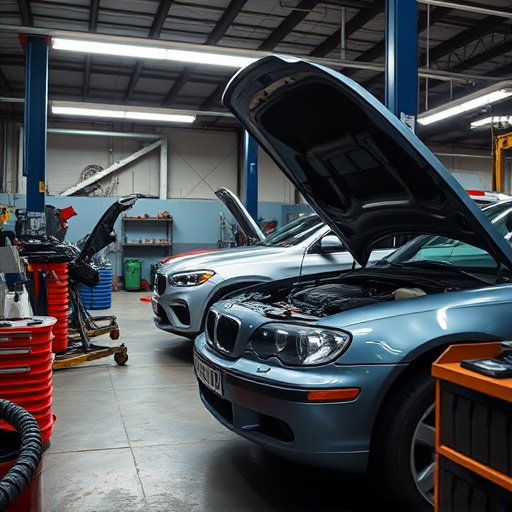
Mercedes structural adhesives play a pivotal role in modern vehicle design, offering an effective solution for noise and vibration reduction (NVR). These specialized adhesives are designed to create strong, durable bonds between various components within a vehicle’s structure. By strategically applying these adhesives during manufacturing, Mercedes engineers can minimize unwanted vibrations and noises that often occur in car paint services or following vehicle collision repair.
The precision-engineered formulations of Mercedes structural adhesives enable the precise management of forces and stresses within a vehicle’s framework. This is particularly crucial when addressing resonances that can cause annoying squeaks, rattles, or hums, enhancing both passenger comfort and overall vehicle performance. In the world of vehicle repair, these adhesives provide an innovative approach to achieving seamless integration and structural integrity, ensuring a quieter and smoother ride for folks on their daily commutes.
How Structural Adhesives Enhance Vehicle Performance and Comfort
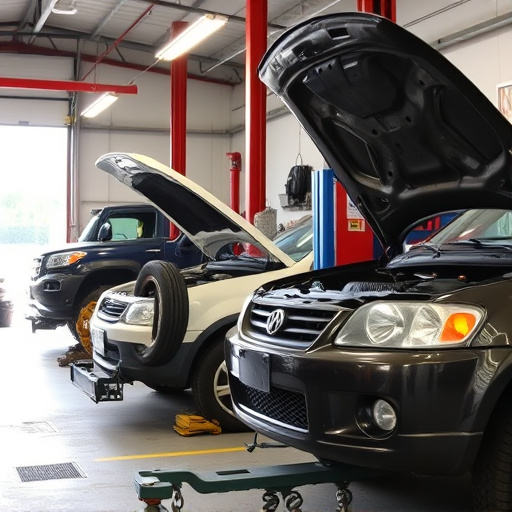
Mercedes structural adhesives play a pivotal role in enhancing vehicle performance and comfort. By bonding various components together with precision and strength, these adhesives contribute to improved structural integrity. This is particularly noticeable in modern cars that require advanced noise and vibration reduction (NVH) systems. The strategic application of structural adhesives helps to create a more rigid and stable chassis, which in turn minimizes the transmission of road noises and vibrations to the cabin, providing passengers with a smoother and quieter ride.
Moreover, structural adhesives enable lightweight construction, an increasingly important aspect in automotive design aimed at enhancing fuel efficiency and performance. In an auto repair near me or at your trusted automotive body shop, technicians can leverage Mercedes structural adhesive supports to achieve optimal vehicle dynamics, ensuring that every drive is comfortable and responsive. This not only contributes to the overall driving experience but also aligns with sustainability goals by reducing the environmental impact of vehicles through lightweight materials and improved fuel economy.
Advanced Technologies: Adhesive Solutions for Future Mobility Applications
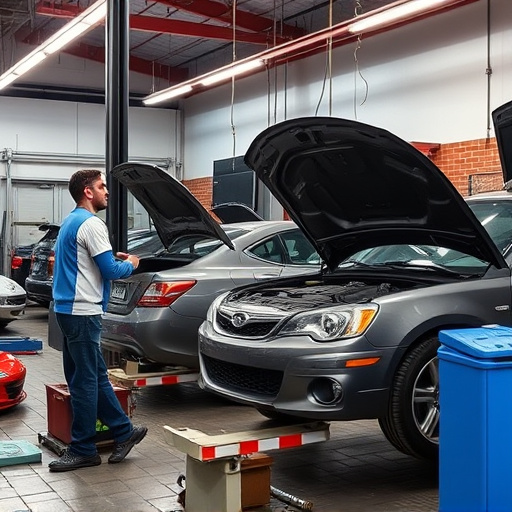
The future of mobility demands innovative solutions for enhanced safety, efficiency, and comfort. Mercedes structural adhesives are at the forefront of this evolution, offering advanced technology that goes beyond traditional bonding methods. These cutting-edge adhesives play a pivotal role in addressing the growing need for noise and vibration reduction (NVR) in modern vehicles. By utilizing specialized formulations, automotive manufacturers can achieve superior bonding strength while minimizing weight, leading to smoother rides and reduced structural vibrations.
In the event of minor accidents, like a fender bender, or extensive auto body work and auto painting processes, Mercedes structural adhesives provide reliable performance. Their unique properties ensure that components such as panels, frames, and trim pieces bond securely, contributing to overall vehicle integrity. This not only streamlines repair processes but also enhances the structural durability of vehicles, making them safer for passengers and more resilient on the road.
Mercedes structural adhesives play a crucial role in achieving noise and vibration reduction within modern vehicles, enhancing both performance and passenger comfort. By strategically bonding various components, these advanced adhesives contribute to a smoother driving experience while also enabling the development of lighter and more efficient automotive structures. As the field of mobility continues to evolve, further research into innovative Mercedes structural adhesive solutions will be essential for meeting the demands of future vehicle designs and regulations.
